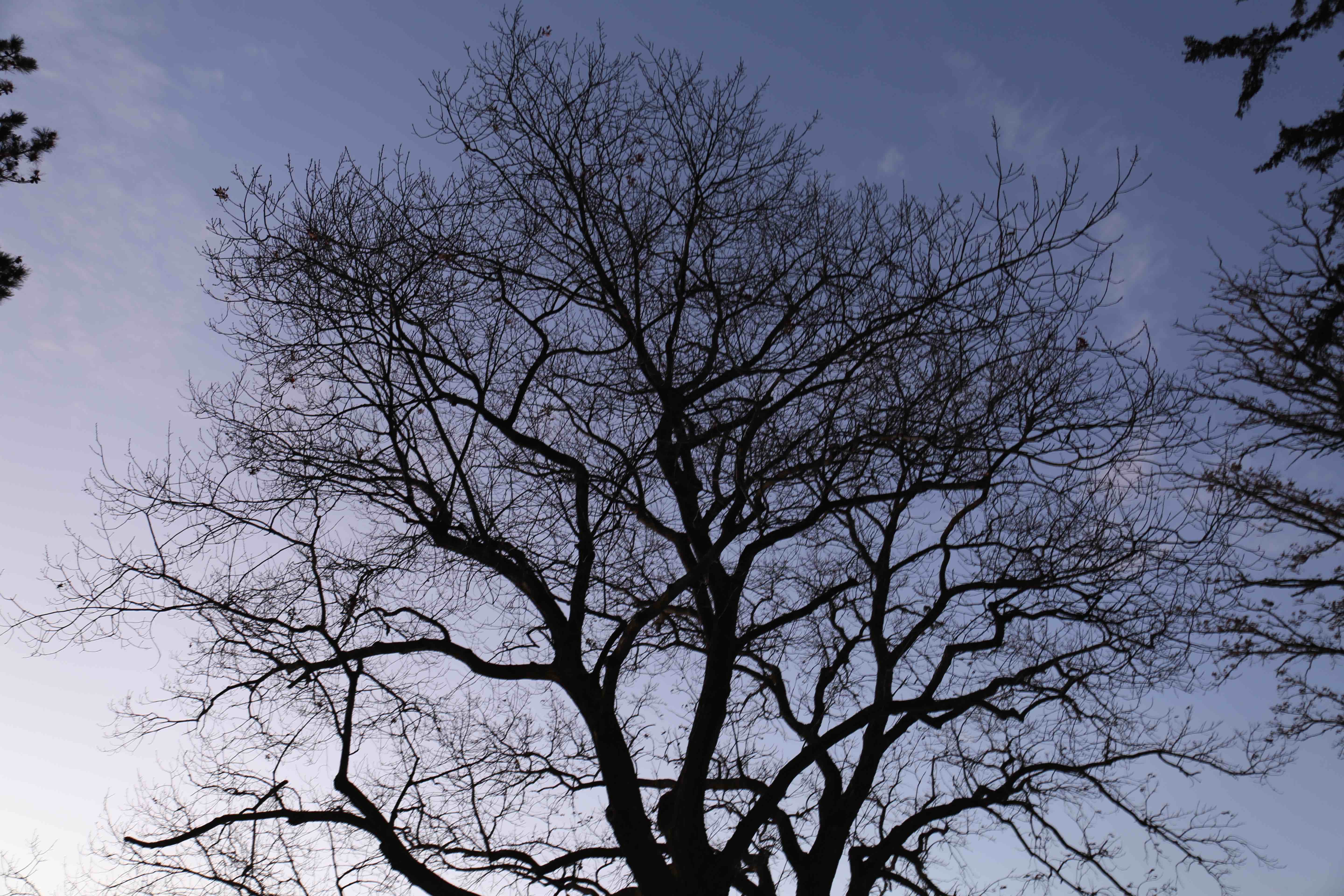
A coppice woodlot is a type of forest management system that involves cutting trees down to the ground, with the intention of stimulating new growth and encouraging the production of shoots. These shoots can then be harvested for various purposes, such as poles, firewood, tree hay, and more. The process of coppicing involves cutting down the trees at specific intervals, so that new growth can be harvested in a sustainable manner over time.
Trees have the ability to resprout after being cut down due to their biology. Some trees are more suited for coppicing than others, and it is important to choose the right species for the intended purpose. Species such as willows, hazel, and black locust are commonly used for coppice production, as they are fast-growing and able to resprout easily.
Before starting a coppice woodlot, it is important to plan the area and decide on the rotations for each species of tree. This involves considering factors such as the intended use of the coppice, the local climate and soil conditions, and the species of trees that will be grown.
Once the area has been planned, the next step is to establish the woodlot. This involves planting the trees, either from seed or as saplings, and allowing them to grow for several years before starting the coppicing process. During this time, it is important to manage the woodlot and keep it free from weeds and other invasive plants, to ensure the best possible growth conditions for the trees.
When the trees have reached a suitable size, the coppicing process can begin. This involves cutting the trees down to the ground, leaving a few inches of stubble. The stubble will then begin to sprout new shoots, which can be harvested for the intended purpose.
There are several different types of coppicing rotations, depending on the intended use of the coppice. For example, short rotations of around three years are commonly used for the production of poles and firewood, while longer rotations of up to twenty years may be used for the production of tree hay.
One important aspect of coppice woodlot management is the use of pollarding. This involves cutting the trees at a height of around six to eight feet, rather than at ground level. The trees will then sprout new shoots from the remaining stubble, which can be harvested in a similar manner to coppicing. Pollarding is often used to manage the growth of trees in urban areas, where the height of the trees may need to be restricted for safety reasons.
It is also important to be aware of the potential impacts that coppicing can have on the environment. You’re locking the systems evolution into a particular cycle and not allowing it to express itself fully. It is therefore important to monitor the woodlot carefully, and take steps to manage any potential negative impacts.
In conclusion, the design of a coppice woodlot requires careful planning and management to ensure that it is sustainable and provides the desired outputs. By choosing the right species of trees, and managing the woodlot properly, a coppice woodlot can provide a source of materials for a wide range of purposes, while also helping to maintain the health of the forest ecosystem.